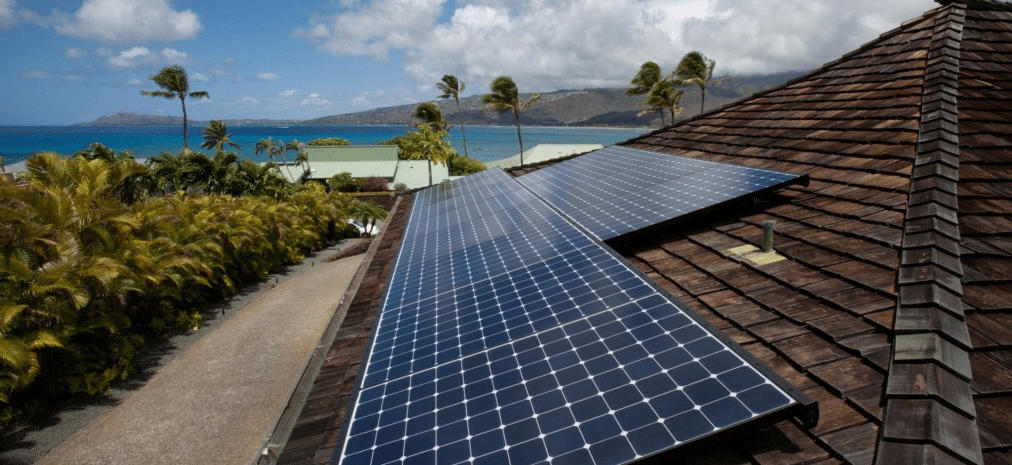As recently documented by pv magazine, the end of net metering in Hawaii has resulted in a significant slow-down in the state’s solar market. However, yesterday Hawaiian Electric Companies (HECO) provided a narrow window for solar customers to install PV systems and export electricity to the grid under a net-metering successor program.
According to HECO’s estimates, it has made at least 20 MW of capacity available for customers to install PV systems under its Customer Grid Supply (CGS) option by transferring space from approved by “long-inactive” project applications. The utility further estimates that this represents around 2,800 rooftop PV systems.
The utility’s Customer Grid Supply (CGS) program is not net metering, but it does allow customers to install PV systems and compensates exports of electricity to the grid, unlike its less pooular Self Supply program under which no exports will be credited, and energy storage is a de facto requirement. CGS was closed to new customers on various islands in late 2016, leaving only the Self Supply option.
Under the CGS program, electricity exports are credited at at $0.15-0.28 per kilowatt-hour, depending on the island, with the lowest rate on Oahu. While this is a generous credit compared to most of the United States, it is still well below what these customers will pay for the electricity they consume. In 2016, Hawaiian residential customers paid an average of $0.27 per kilowatt-hour, and commercial customers $0.25. Most of these customers are on Oahu, which gets the lowest rate for grid export of electricity.
This opening does not exactly solve HECO’s well-documented oversupply challenge. Customers are advised to consult HECO’s Locational Value Maps to find out if their local circuit has more room for PV systems. If not, the company warns that equipment upgrades may be needed, “potentially adding to the cost and time needed for approval”.
HECO also notes that “hundreds” of CGS program applications are already in the queue and that these will be processed in the order received “only as capacity becomes available through Oct. 21, 2017”.
Many local installers have accused HECO of trying to slow Hawaii’s rooftop solar industry. However, it is worth noting that Hawaii also has the highest portion of distributed solar in the nation, with 16% of all HECO customers hosting PV systems. The result is that even with limited space for utility scale plants, solar represented 8.5% of the island chain’s electricity in 2016 – second only to California – and on an isolated island grid with no opportunity to trade electricity with neighboring grids.
This content is protected by copyright and may not be reused. If you want to cooperate with us and would like to reuse some of our content, please contact: editors@pv-magazine.com.









By submitting this form you agree to pv magazine using your data for the purposes of publishing your comment.
Your personal data will only be disclosed or otherwise transmitted to third parties for the purposes of spam filtering or if this is necessary for technical maintenance of the website. Any other transfer to third parties will not take place unless this is justified on the basis of applicable data protection regulations or if pv magazine is legally obliged to do so.
You may revoke this consent at any time with effect for the future, in which case your personal data will be deleted immediately. Otherwise, your data will be deleted if pv magazine has processed your request or the purpose of data storage is fulfilled.
Further information on data privacy can be found in our Data Protection Policy.